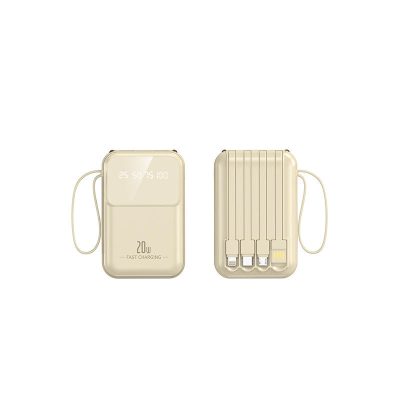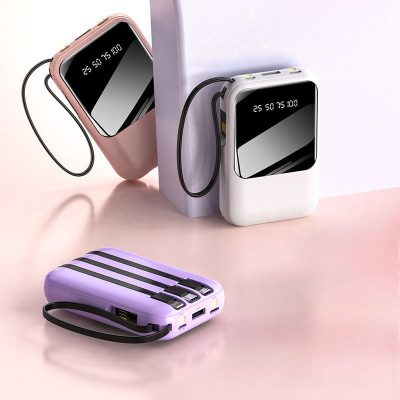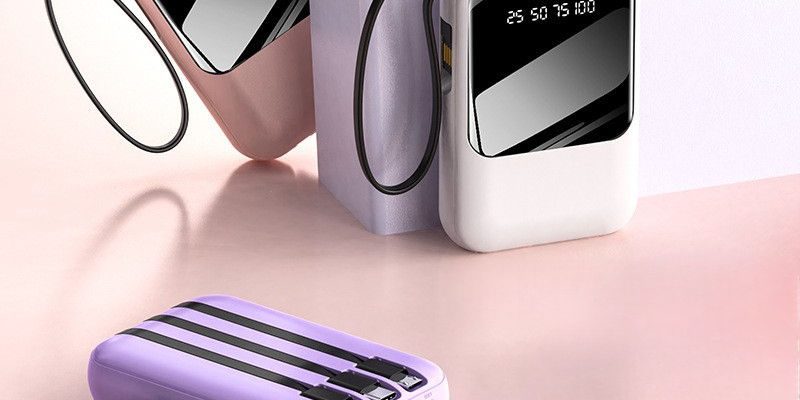When comparing USB 3.0 and USB-C, it’s important to understand the key differences between them and which one might be more suitable for your needs. Here’s a detailed comparison:
USB 3.0
- Definition and Speed: USB 3.0, also known as SuperSpeed USB, is a data transfer technology that significantly increases the speed of data transfer compared to its predecessors like USB 2.0. It offers a theoretical maximum data transfer rate of 5 Gbps (625 MB/s), which is 10 times faster than USB 2.0’s 480 Mbps (60 MB/s).
- Connector Types: USB 3.0 connectors include Type-A and Type-B, which are physically larger and require a specific orientation for insertion. The Type-A connector is commonly found on computers, laptops, and other devices, while the Type-B connector is often used with printers, scanners, and some external hard drives.
- Compatibility: USB 3.0 is backward compatible with USB 2.0 and USB 1.1 devices, meaning you can connect older devices to a USB 3.0 port, although they will operate at the slower speeds of the older USB versions.
- Power Delivery: USB 3.0 ports can provide up to 900 mA of power, which is more than USB 2.0’s 500 mA, allowing for faster charging of devices.
USB-C
- Definition and Design: USB-C is a connector type, not a data transfer speed. It was introduced in 2014 as a new, reversible connector that is smaller and more compact than previous USB connectors. USB-C connectors can support various data transfer speeds, including USB 3.1’s 10 Gbps (1,250 MB/s) when paired with the appropriate cabling and devices.
- Reversibility and Compactness: USB-C connectors are reversible, meaning you can insert them into a port in any orientation, making them easier to use. They are also more compact, which is ideal for modern electronic devices that are becoming thinner and lighter.
- Versatility: USB-C connectors can support multiple functions, including data transfer, power delivery, and video output. This makes them a versatile option for connecting devices such as smartphones, tablets, laptops, and external monitors.
- Power Delivery: USB-C cables can support higher power delivery, up to 100W with the USB Power Delivery (PD) specification, making them suitable for charging high-power devices such as laptops.
Which Should You Choose?
- If you need high-speed data transfer: USB-C, when paired with USB 3.1 or higher, offers faster data transfer speeds than USB 3.0. However, note that the speed also depends on the cable and the devices connected.
- If you need compatibility with older devices: USB 3.0 is more widely compatible with older devices and ports, making it a good choice if you need to connect a variety of devices that may not all support USB-C.
- If you value convenience and versatility: USB-C connectors are reversible and more compact, making them easier to use and more suitable for modern devices. They also support multiple functions, such as power delivery and video output.
In summary, both USB 3.0 and USB-C have their own advantages. USB 3.0 is widely compatible and offers fast data transfer speeds, while USB-C is more convenient, versatile, and supports higher power delivery. When choosing between them, consider your specific needs and the devices you plan to connect.









